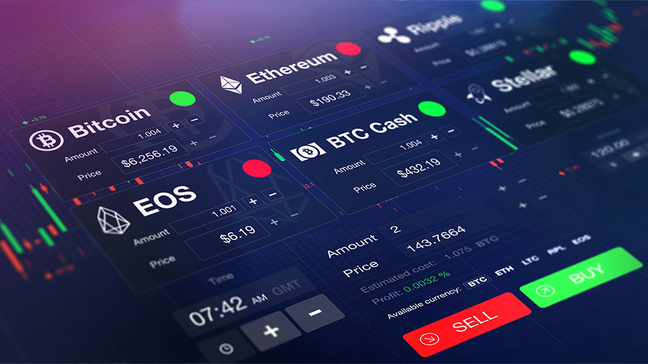
Exploring Innovative Crypto Trading Models
In recent years, the cryptocurrency market has exploded, attracting both seasoned investors and newcomers alike. With this surge in interest has come a myriad of trading models, each aimed at optimizing investment outcomes. These models range from traditional analytics to cutting-edge algorithmic approaches. If you’re interested in diving deeper, Crypto Trading Models visit website to explore further insights. Let’s take a closer look at some of the prominent crypto trading models that have emerged in the industry.
1. Technical Analysis Models
Technical analysis is one of the most widely used approaches in crypto trading. It involves analyzing historical price data and leveraging various indicators to predict future price movements. Traders often employ tools such as moving averages, Relative Strength Index (RSI), and Bollinger Bands to evaluate potential entry and exit points.
2. Fundamental Analysis Models
Unlike technical analysis, fundamental analysis focuses on the underlying factors that affect a cryptocurrency’s value. This includes examining the project’s white paper, the team behind it, market demand, and overall market trends. In fundamental analysis, traders may look at metrics such as market capitalization and transaction volume to gauge a coin’s potential for growth.

3. Algorithmic Trading Models
Algorithmic trading has gained significant traction recently due to its ability to capitalize on market inefficiencies at high speeds. These models use predefined rules, programmed into trading bots, to make trades automatically. Algorithmic traders can analyze vast amounts of data rapidly, which human traders could hardly match.
4. Arbitrage Models
Arbitrage trading involves taking advantage of price discrepancies for the same asset across different exchanges. Traders buy the asset on one exchange at a lower price and simultaneously sell it on another exchange at a higher price, pocketing the difference. Automated bots often execute these trades for optimal timing and efficiency.
5. Trend Following Models
Trend following is a popular trading strategy where traders buy assets showing an upward trend and sell those on a downward trend. This model assumes that prices, once moving in a certain direction, are likely to continue in that direction for a while. Various indicators, such as moving averages, are commonly employed to identify trends.
6. Market Making Models

Market making involves placing both buy and sell orders to profit from the spread between the two. Market makers provide liquidity to the market, ensuring that there are always orders available which can help reduce volatility. While this strategy requires a good understanding of market dynamics, it can be quite profitable for those who execute it well.
7. Sentiment Analysis Models
Sentiment analysis is a relatively new approach that uses natural language processing to gauge the sentiment around cryptocurrencies from social media, forums, and news articles. By analyzing the sentiment, traders can make informed decisions based on the overall market mood. Positive sentiment may indicate rising prices, while negative sentiment may signal a downturn.
8. Machine Learning Models
As artificial intelligence and machine learning technologies have advanced, traders have started to integrate these methods into their strategies. Machine learning models can analyze historical data and identify patterns otherwise undetected by human traders. They can also adapt to new data continuously, refining their predictions and improving their effectiveness over time.
Conclusion
The landscape of crypto trading is continually evolving, with new models and strategies surfacing regularly. Each trading model offers unique advantages and potential pitfalls, and traders must assess which approach aligns best with their goals and risk tolerance. With diligence and a clear understanding of various trading models, traders can optimize their strategies and improve their chances of success in the fast-paced crypto market.
As the cryptocurrency space continues to develop, staying informed about the latest research and trading models becomes essential for traders aiming to navigate the market effectively. Whether using technical analysis, fundamental analysis, or advanced algorithmic strategies, understanding the game’s nuances can significantly enhance one’s trading journey.




